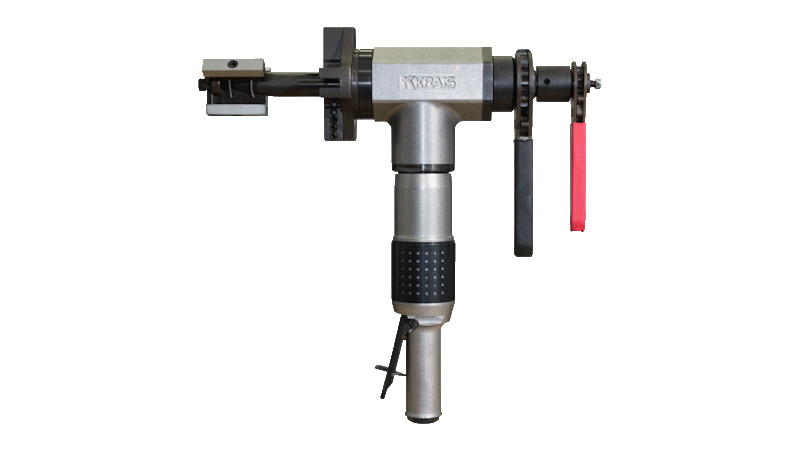Imports of stainless steel into the United States during the 2002 January/October period were 442,967 tons, up 4% compared with the same 2001 period. The latest data released by the Specialty Steel Industry of North America (SSINA) show that total stainless steel imports continue to eat away at almost one-quarter of the US market, despite tariffs of up to 15% on certain stainless steel long products. US producers of stainless steel flat products, not subject to the relief tariffs, faced substantial increases in imports and import penetration. Through October 2002, stainless steel plate imports increased 33% to 48,657 tons. Imports of stainless steel sheet/strip, the industry’s largest product line, increased 12% to 249,795 tons. Stainless steel plate import penetration in the ten-month period increased 4% to 23% and stainless steel sheet/strip increased 2% to 19%. In October 2002, imports of products covered by the tariffs decreased or showed minimal change. While stainless steel bar imports decreased 23% to 68,986 tons, concurrently, US consumption declined 14% or 27,171 tons. Stainless steel rod imports decreased 4% to 49,400 tons; stainless steel wire increased 1% to 26,130 tons. Imports captured 41% of the US market for stainless steel bar and 66% for stainless steel rod. Imports grabbed 25% of the US market for total specialty steel (stainless steel, alloy tool steel, and electrical steel), down one percentage point from January/October 2001. Imports of electrical steel decreased 35% to 58,196 tons during the ten-month period. US consumption, however, declined 12% (31,336 tons) during the same period. Alloy tool steel imports remain unchanged.






